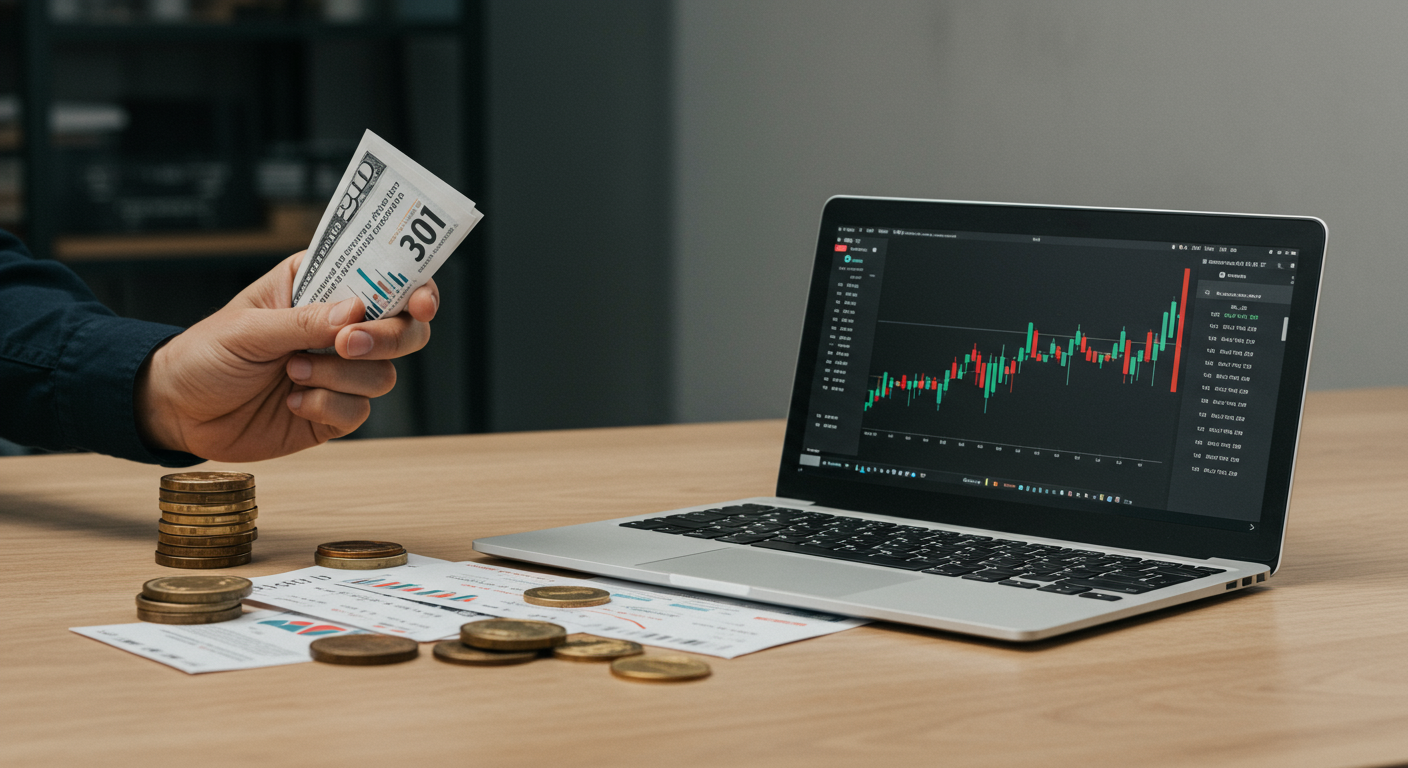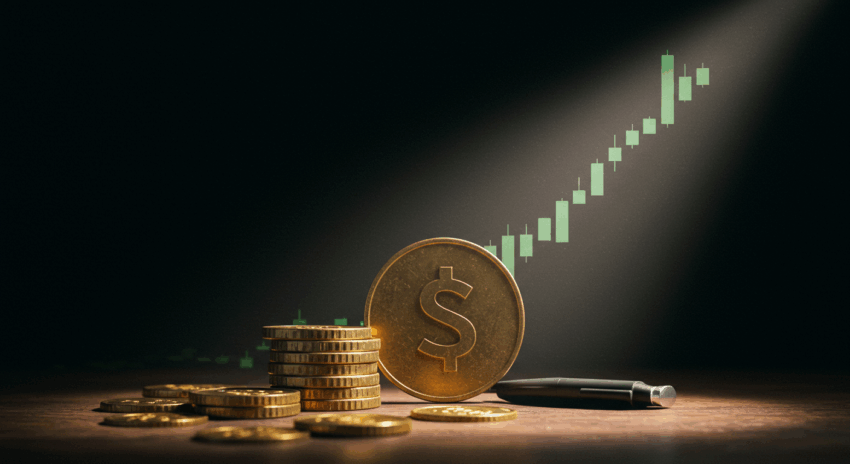The latest Producer Price Index (PPI) data has just been released, and it’s sending a wave of optimism through financial markets and households alike. While economic reports can often feel distant and complex, this particular update offers a crucial glimpse into the future of inflation and, ultimately, the cost of living for all of us. This isn’t just a string of numbers for economists to debate; it’s a potential signal of relief for your wallet and a key piece of the puzzle the Federal Reserve is trying to solve. In this article, we’ll break down exactly what this news means, why it matters so much right now, and how it could impact everything from your grocery bill to your mortgage rate.
Understanding the Producer Price Index (PPI)
Before we dive into the latest figures, it’s essential to understand what the PPI actually measures. Think of it as an early warning system for inflation. While the more famous Consumer Price Index (CPI) tracks the final prices that we, the consumers, pay for goods and services, the Producer Price Index tracks prices at the wholesale level. It measures the average change over time in the selling prices received by domestic producers for their output.
To put it in simpler terms, imagine a bakery. The CPI would measure the price you pay for a loaf of bread. The PPI, on the other hand, would measure the price the bakery paid for its core ingredients like flour, yeast, and sugar from its suppliers. It also includes the costs of services like transportation and warehousing. Because these are the costs businesses face before their products hit the shelves, a change in the PPI can often predict a future change in the CPI. If the cost of flour goes down for the baker, there’s a good chance that, after a little while, the price of bread might come down for you.
The PPI is broken down into several categories, but the most closely watched figure is “PPI for final demand,” which tracks the prices of goods and services sold for personal consumption, capital investment, government, and export. It’s this “final demand” number that gives us the clearest pre-signal of what consumer inflation might look like in the coming months.
A Surprising Drop: The Latest Economic Data
The big news that has everyone talking is that the most recent PPI report showed an unexpected decrease. For the month of May 2024, the final demand PPI fell by 0.2%, defying economists’ forecasts which had anticipated a slight increase of 0.1%. This was the largest monthly drop in producer prices since October 2023. On a year-over-year basis, the index was up 2.2%, but this too was below expectations.
What caused this surprise dip? A significant portion of the decline was driven by a sharp drop in energy costs, particularly gasoline prices. However, the good news wasn’t just confined to the gas pump. Prices for other goods, including food items, also showed signs of softening. The data suggests that the inflationary pressures that businesses have been grappling with are beginning to ease more broadly.
This report is particularly significant because it comes on the heels of a similarly mild Consumer Price Index (CPI) report for the same month. When two major inflation indicators both point in the same direction—down—it provides a much stronger signal to policymakers and investors that the battle against high prices is making real progress. This tandem of positive data strengthens the case that inflation is gradually moving back toward the Federal Reserve’s target of 2%.

Connecting the Dots: How PPI Influences the Federal Reserve and Interest Rates
So, why does a report on wholesale prices cause such a stir? The answer lies with the U.S. Federal Reserve (the Fed), the central bank responsible for maintaining price stability and maximum employment. For the past couple of years, the Fed’s primary weapon against soaring inflation has been raising interest rates.
Higher interest rates make borrowing money more expensive for both businesses and consumers. This is intentional. When it costs more to take out a loan for a car, a house, or a business expansion, people and companies tend to spend less. This cooling of demand helps to bring prices down. The downside is that it can also slow down the entire economy.
The Fed has been looking for “confidence-building” data that shows inflation is sustainably on a downward path before it considers cutting interest rates. A lower-than-expected PPI report is exactly that kind of data. It serves as strong evidence that price pressures are easing at the very beginning of the supply chain. This leads to two important conclusions:
- Future Consumer Inflation May Be Lower: Since producers’ costs are falling, they are less likely to pass on price hikes to consumers. They may even be forced to lower prices to stay competitive.
- The Fed May Cut Rates Sooner: With inflation looking more contained, the Fed has more justification to lower interest rates. Rate cuts would be designed to stimulate economic activity and ensure the economy doesn’t slow down too much.
Following the release of the PPI data, market expectations for a Federal Reserve rate cut in September surged. While nothing is guaranteed, this report has significantly shifted the odds in favor of lower borrowing costs before the end of the year.
What Does This Actually Mean for Your Personal Finances?
Economic indicators like the PPI can feel abstract, but their effects ripple through to our daily lives in very tangible ways. Here’s how this latest news could impact your finances:
- Cost of Goods: The most direct impact is the potential for slower price increases, or even price drops, on everyday items. If businesses are paying less for their materials and transportation, that relief could eventually show up as more stable prices at the supermarket, electronics store, and car dealership.
- Savings and Loans: A potential Fed rate cut has a direct effect on your money. If rates are cut, the interest rates on mortgages, auto loans, and personal loans are likely to fall, making major purchases more affordable. On the flip side, the high yields we’ve been seeing on high-yield savings accounts would also likely decrease.
- Investment Portfolios: The stock market generally loves the prospect of lower interest rates. Lower rates make it cheaper for companies to borrow and invest in growth, which can boost corporate profits. For investors, this news can be a bullish signal, potentially leading to positive returns in their investment accounts.
While one report is not a guarantee of a trend, this surprising drop in the PPI is a strong positive sign. It suggests that the economic environment is shifting in a direction that could soon bring tangible financial relief to many households.
Frequently Asked Questions (FAQ)
What is the main difference between the Producer Price Index (PPI) and the Consumer Price Index (CPI)?
The simplest way to think about it is that the PPI measures inflation from the perspective of the seller or producer, while the CPI measures it from the perspective of the buyer or consumer. The PPI tracks the costs for businesses to produce goods and services, while the CPI tracks the final prices consumers pay for those same items. Because of this, the PPI is often seen as a leading indicator, meaning its changes can predict future changes in the CPI.
Does a lower PPI guarantee that consumer prices will drop?
Not necessarily, but it makes it much more likely. There can be a lag between changes in producer prices and consumer prices. Furthermore, companies may not always pass on their cost savings to consumers; they might instead use the opportunity to increase their profit margins. However, in a competitive market, lower producer costs generally lead to more stable or even lower consumer prices over time as businesses compete for customers.



